Watch on YouTube – 5 Tips for better BOKEH in macro photography
Bokeh is a very cool effect to use in your photography. Taking advantage of bokeh in macro photography in particular can be a really interesting way to make your shots more eye catching and interesting. Let’s take a look at 5 tips to improve your Bokeh!
Bokeh in macro photography and beyond!
Tip #1 – Don’t over do it!
Our first tip is about when to use bokeh. It’s tempting to go out shooting with bokeh in mind because of the cool effect it creates. If you’re going for something abstract, great! However, bokeh on its own doesn’t make for particularly interesting images other than the effect its self. Try to shoot a sharp, well-lit subject in the foreground too.
The addition of a foreground subject can actually enhance the look of your bokeh, making it stand out when compared to the sharpness of the subject.

Notice the shape of the bokeh? We will talk more about that in tip 5!
Tip #2 – More distance, more bokeh!
This one is particularly relevant to getting bokeh in macro photography, but can be applied anywhere. The more distance you put between the subject and the source of the bokeh, the bigger your bokeh will be. This is because the background will be more out of focus!
It also has the effect of getting more of the background in the frame. This means you may get even more bokeh circles in your shot, adding to the effect.
Getting closer to your subject can also have the same effect. Being closer to the subject makes the distance between the subject and background comparatively larger, and more out of focus.


The image on the left was shot with the subject much closer to the lights in the background. This means there is less bokeh and has the side effect of it being brighter. The bokeh is quite large because we are also very close to the subject.
The image on the right was taken with a long distance between the subject and the lights. This means more lights in the frame. We were also further from the subject though, so the bokeh looks smaller as that changes the ratio of the camera-subject-background distance.
Tip #3 – More aperture, more bokeh!
Just as you can change the bokeh by changing distance, so too can you change it using settings. If you can’t make the background more out of focus by moving further away, use a wider aperture!
Shooting at your minimum F-number, or close to it, will ensure lots of bokeh. On the other hand, closing your aperture down will help reduce bokeh if you don’t want it. The theme here is that the more out of focus a point of light, the more it will bloom into bokeh.

Tip #4 – Don’t forget the foreground!
As the title of this tip says, don’t forget the foreground. Out of focus areas of an image are not exclusive to the background. You can create bokeh in the foreground too, if you keep it in mind when composing your shots.
In the image of a Christmas bauble above, the sparkles of the gold are forming bokeh in the foreground of the image just as they would in the background. This can be powerful in all kinds of scenarios if you keep an eye out for opportunities!

Tip #5 – Shaped Bokeh!
Did you know you can easily shape your bokeh to anything you can think of? Additionally, it can be done very cheaply too, using DIY craft materials!
All you need to do is to cut a small hole in a piece of card and find a way to attach it to your lens. We used a Pringles tin to make a sort of filter attachment for our lens. Other ways are just as valid though and might suit your particular lens better.
The hole can be any shape you want, and it will force the bokeh to take on that shape too! Bear in mind that this will take a lot of light from your image, so you may need a longer exposure as well as a wide aperture.
Keeping an eye on your bokeh in macro photography can make the difference between a plain image and a stunning one. Keep these tips in mind when shooting and you will be a bokeh master in no time! We have used bokeh to great effect in many shoots, how about creating an explosion effect using tin-foil?
Finally, don’t forget to subscribe to our YouTube channel for more macro photography tutorials, ideas and inspiration!
- Cool paper photography tricks that you should try at home - 14th April 2024
- Egg Macro Photography – Easter Egg Lightpainting - 30th March 2024
- Using Tonic Water to create amazing UV flower photography! - 16th March 2024

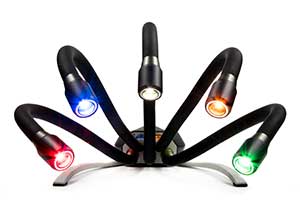




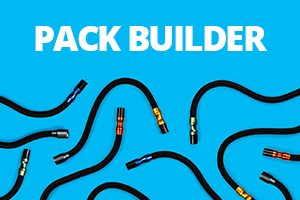



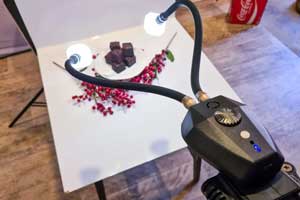
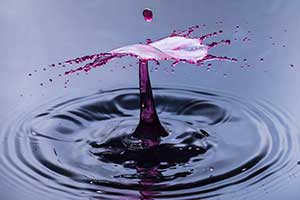


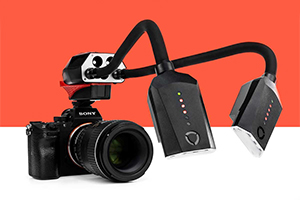
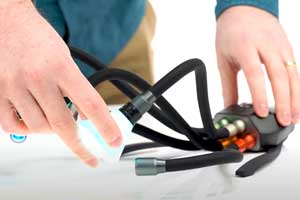







Several senior photographers I know, who have decades of experience and prize winning photographs, have never heard of bokeh. I suspect it is basically a marketing term to encourage the newcomers who want to stay with the trend to buy lenses, e,g., “the king of bokeh.”
One notices the same marketing trend with regard to new ultra fast lenses: an f1.2 lens is obviously superior to an f1.8 lens. Why? Because it is faster. Perhaps the younger generation is confusing lenses with sports cars.
Hi Jeremy,
An interesting perspective. While Bokeh itself is certainly not an invented term to sell lenses, I think I would tend to agree that the marketing of lenses as having “better bokeh” than one another is over-hyped. There are exceptions like anamorphic lenses that change the shape of the bokeh significantly, but generally, I think it is just linked to the speed of the lens.
As you say, a faster lens is going to create more bokeh, but it’s not going to be a leading reason for spending (significantly) more money on a lens… the other benefits are more persuasive.
(Re: your additional comment about re-submitting your message, we get huge amounts of spam comments, so have a strict filter and manual approval, sorry for the confusion.)